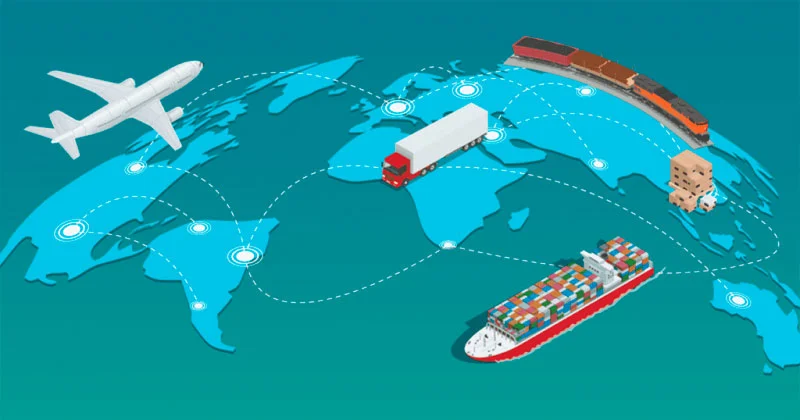ERP Software Development for Businesses
Large ERPs fail to cater to the needs of startups and small, rapidly growing businesses. While small organizations focus on swift development and prioritize agility, large ERPs are literally too large to adapt quickly. In the list below you can see the approximate set of technologies for ERP software development.

Study the practices of other companies in your industry and create a rough description of your system. If outsourcing is preferred, stay involved in building the framework and choosing the team and the resources it needs. It can also branch out into human resource management (HRM), customer relationship management (CRM), office suites, and other tools to provide a more consistent, automated business growth model. ERP systems can be a boon when a company has modules for each major business function.
Developers Take Your Industry and Niche Into Account
In this phase, the performance, functions and convenience of the tools are measured & tested. If a business wants to include more technologies to add to the system, the developer might ask you to invest an additional amount. Please be informed that when you click the Send button Itransition Group will process your personal data in accordance with our Privacy notice for the purpose of providing you with appropriate information.

Each component can exist as a standalone application or integrate with other modules. Despite all the value and benefits ERP brings, there are challenges that businesses may encounter. Many of these challenges can be avoided and managed by thorough planning, preparation, and choosing the right tech partner. Most businesses initially use a variety of simple, standalone tools such as Excel spreadsheets to manage different processes. Here are a few signs that suggest you’ve outgrown them and need a modern ERP system. The primary goal of an ERP system is to optimize and automate the processes to boost operational efficiency and company profitability.
What does the process of custom development of an ERP system look like?
Similarly, the organization may ask for more money if you want to train your employees to access the system. Itransition guides you through the ERP integration process by outlining ERP integration types and common approaches, challenges, benefits, project steps, and timeline. We take on the whole ERP implementation process from business needs analysis to after-launch support to help companies benefit from a robust ERP solution. Typically limited process changes aimed at better integrating a custom ERP system into your day-to-day business operations. The coding phase encompasses UX/UI development, back-end development, integration with other types of corporate software, and database setup to migrate and store legacy data. Enterprise data migration from spreadsheets or a previously used resource planning system to ERP.
- Once they finish their roles, the team will send the project to the testing team.
- ClickUp is an all-in-one project management and productivity tool that’s designed to serve organizations of all sizes.
- Long term costs can be minimized through careful system testing and thorough documentation.
- For a web-based project, the tech stack includes Angular, Bootstrap, JavaScript, Node.js, and a bunch of frameworks like jQuery.
- The developer will gather and bring all data together to achieve the objective.
So, after you discover that you require some more specialized feature to handle particular business activities, you will have to pay extra money. This software is universal because a company can add this functionality while keeping the same foundation in place. However, companies need to consider the disadvantages of building bespoke ERP systems. Before installing such a system, companies need to understand its goals and further develop their time strategies. However, no matter how good an ERP system is, its advantages will not appear immediately, but they will be evident for a long time after the ERP tool is integrated. Installing an ERP system will take up to 40% of the allotted budget in 2021.
Perks of ScienceSoft’s ERP Software Development Services
When determining the cost of building an ERP software, you need to take several factors into account. Review whether the ERP system matches the initial integration, security, and functionality requirements. If possible, prepare a blueprint describing how your ERP system would be designed. This will help aggregate all needed features and information for departments. If you are looking for organizational growth, the best way is to decide what you want your ERP system to do before even starting the installation.

The availability of data in one place improves communication between departments and allows you to make data-driven decisions and explain their logic. Modern ERP systems are deployed in a variety of ways – in a public or private cloud, on-premise, or in various hybrid scenarios. Here are some of the exceptional benefits of each to help you identify the best ERP deployment option for your business. Human Resource module also encompasses custom erp development payroll capabilities, which offer functionalities for all employee payment tasks such as payment processing and application of deductions. ERP integration is beneficial for companies that have a variety of departments that need to connect with each other to avoid data duplication or repetitive orders. A consistent UX and UI increases efficiency because users can quickly find and understand information from all corners of the business.
It offers various applications like billing, accounting, manufacturing, purchasing, warehouse order management, and project management. This ERP software has the ability to automate tasks and significantly enhances efficiency and productivity. Low overhead costs make ERPNext especially effective for small and medium-sized businesses.
However, moving to an ERP system will be counterproductive if the company’s culture does not adjust to the change and the company does not review how the structure of its organization can support it. ERP systems tie together a multitude of business processes and enable the flow of data between them. By collecting an organization’s shared transactional data from multiple sources, ERP systems eliminate data duplication and provide data integrity with a single source of truth. After the process of actual development of ERP, there comes the testing/ QA stage.
